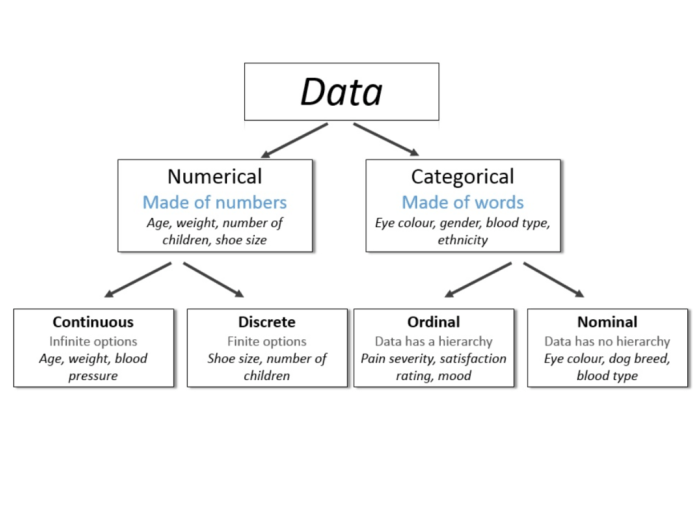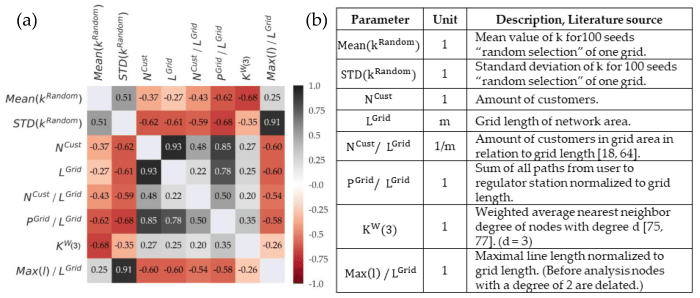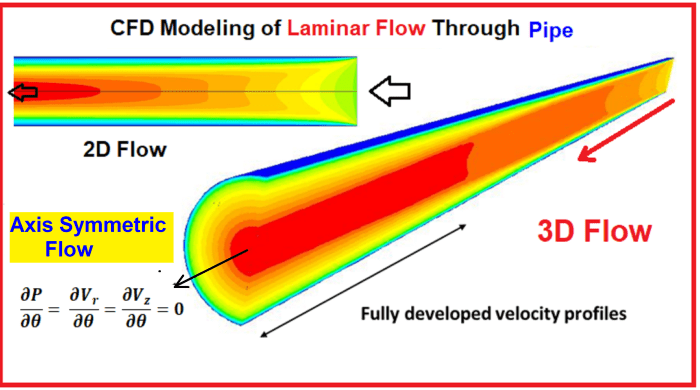Analyzing numerical data indices using weighted sums and averages is a fundamental technique in statistics that allows researchers to summarize and interpret large datasets effectively. This approach involves assigning weights to different data points based on their importance or relevance, enabling the calculation of meaningful averages that accurately represent the underlying data.
By utilizing weighted sums and averages, researchers can gain valuable insights into the distribution and central tendencies of their data. This technique is widely employed in various fields, including finance, economics, and social sciences, to make informed decisions and draw meaningful conclusions from complex datasets.
Analyzing Numerical Data Indices Using Weighted Sums and Averages

Numerical data indices are a powerful tool for summarizing and analyzing large amounts of data. Weighted sums and averages are two of the most commonly used techniques for analyzing these indices. In this article, we will discuss the concepts of weighted sums and averages, their advantages and disadvantages, and how they can be used to analyze numerical data indices.
1. Weighted Sums, Analyzing numerical data indices using weighted sums and averages
A weighted sum is a sum of values in which each value is multiplied by a weight. The weights represent the importance of each value in the sum. Weighted sums are often used to calculate an average value that takes into account the different importance of the values in the index.
- Example: Suppose we have a set of data on the sales of a product in different regions. Each region has a different population, so we can use a weighted sum to calculate the average sales per person in each region.
Weighted sums have several advantages over simple averages. First, they allow us to take into account the importance of different values in the index. Second, they can be used to calculate a variety of different types of averages, such as the mean, median, and mode.
However, weighted sums also have some disadvantages. First, they can be more difficult to calculate than simple averages. Second, they can be biased if the weights are not chosen carefully.
2. Averages
An average is a single value that represents the typical value of a set of data. There are many different types of averages, each with its own advantages and disadvantages.
- The mean is the most common type of average. It is calculated by adding up all the values in a set of data and then dividing by the number of values.
- The median is the middle value in a set of data. It is calculated by arranging the values in order from smallest to largest and then finding the middle value.
- The mode is the most frequently occurring value in a set of data. It is calculated by finding the value that appears most often in the set of data.
Each type of average has its own strengths and weaknesses. The mean is the most sensitive to outliers, while the median is the least sensitive to outliers. The mode is the least informative type of average, as it only provides information about the most frequently occurring value.
3. Comparison of Weighted Sums and Averages
Weighted sums and averages are both useful techniques for analyzing numerical data indices. However, there are some key differences between the two techniques.
- Weighted sums take into account the importance of different values in the index, while averages do not.
- Weighted sums can be used to calculate a variety of different types of averages, while averages are limited to a few specific types.
- Weighted sums can be more difficult to calculate than averages.
The choice of which technique to use depends on the specific needs of the analysis.
FAQ Compilation
What are weighted sums?
Weighted sums are sums in which each term is multiplied by a weight, which represents the importance or relevance of that term in the calculation of the sum.
How are weighted averages calculated?
Weighted averages are calculated by dividing the sum of the products of each data point and its weight by the sum of the weights.
What are the advantages of using weighted sums and averages?
Weighted sums and averages allow researchers to emphasize the importance of certain data points and obtain more accurate representations of the underlying data.
What are the disadvantages of using weighted sums and averages?
The choice of weights can be subjective and may introduce bias into the analysis if not carefully considered.



